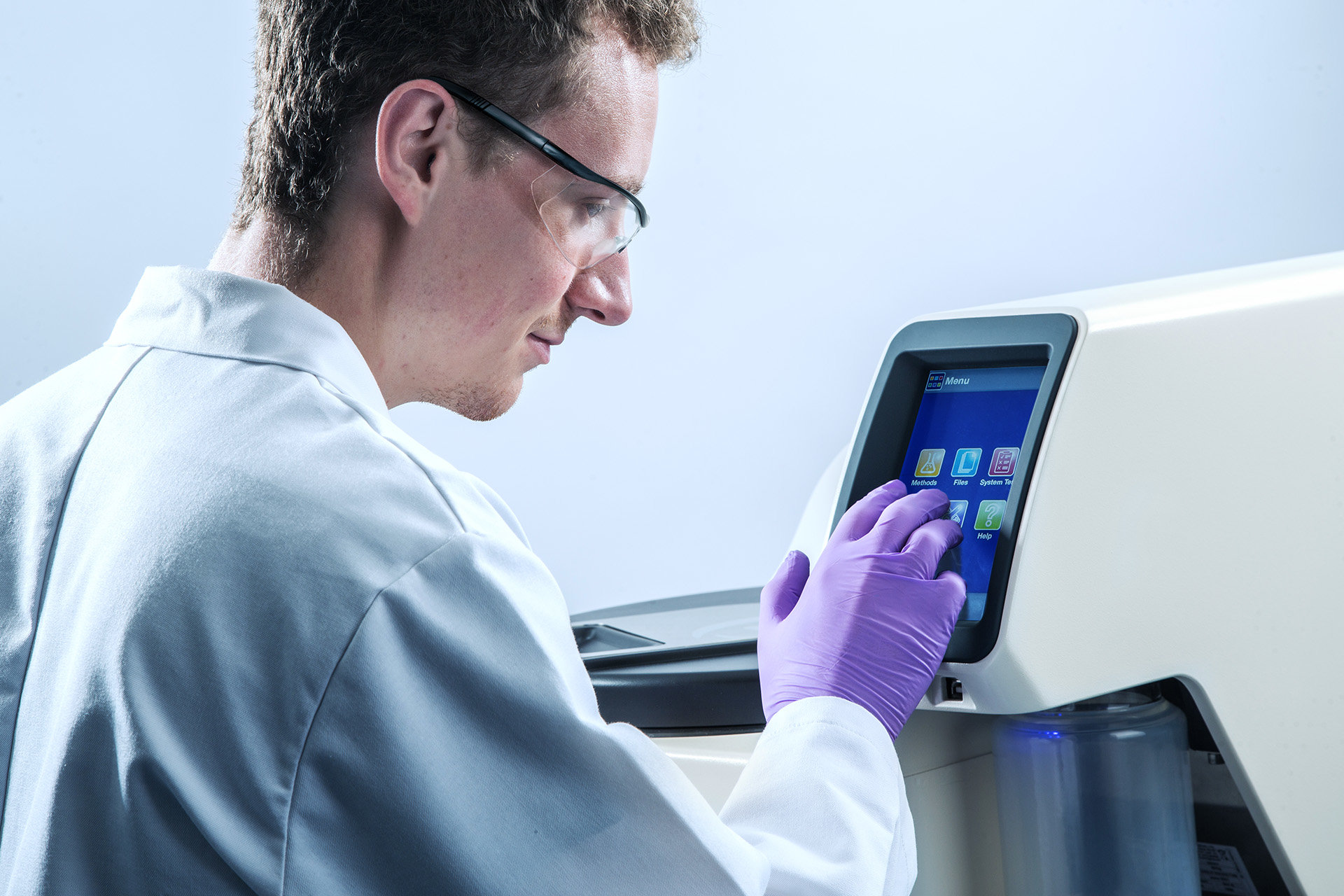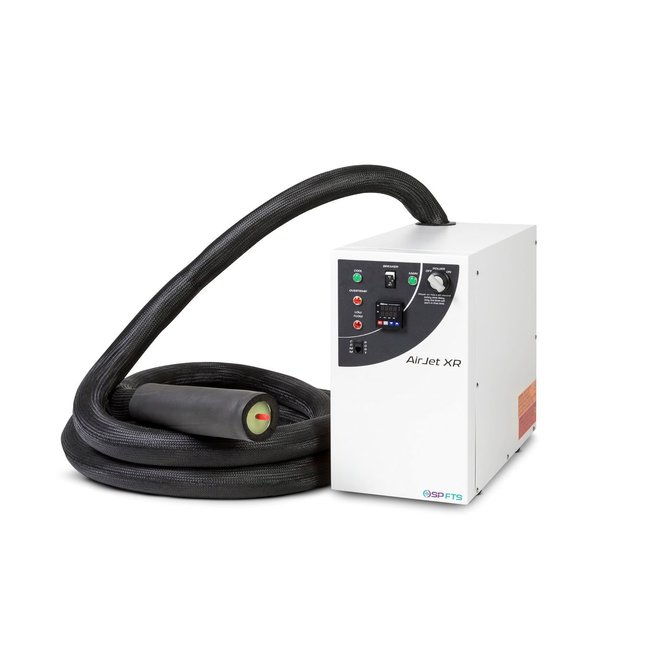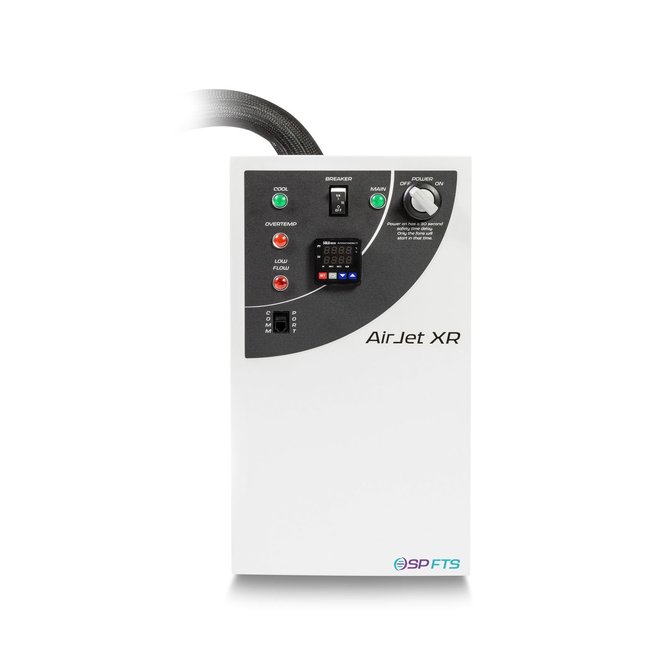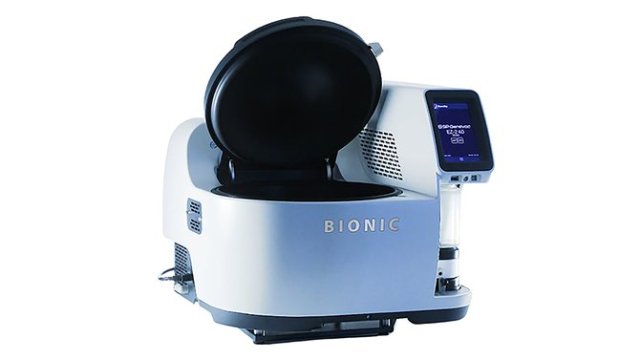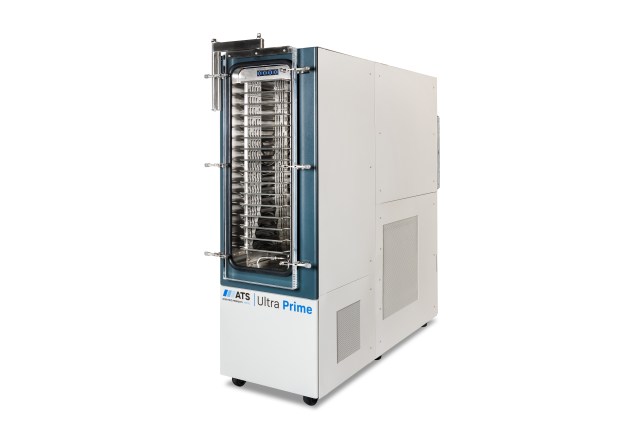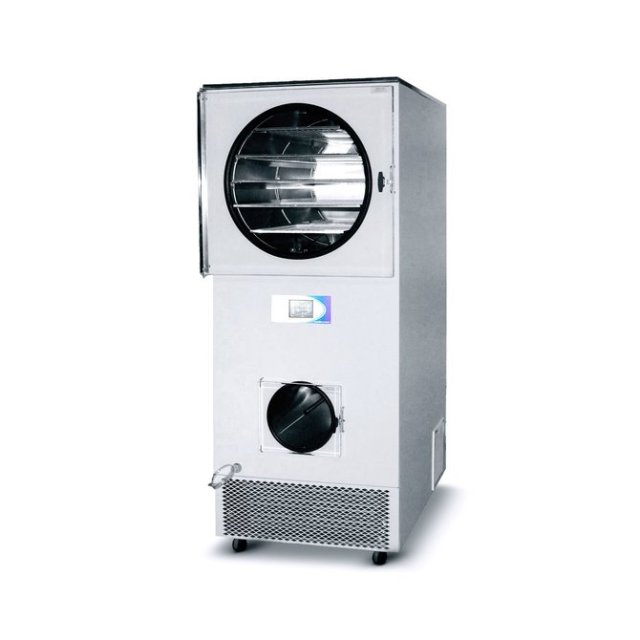

Frequently used links
FTS AirJet™ XR Sample Coolers
FTS AirJet™ XR Sample Coolers
FTS AirJet™ XR Sample Coolers
Experience a new level of cool.
The FTS AirJet™ XR is a versatile and accurate sample cooler with acute temperature stability that ensures you never have to worry about the reliability of your results. With mechanical refrigeration and an optional air dryer that eliminate the use of expendable refrigerants, the AirJet XR can also be configured to your exact needs, with variable non-magnetic delivery lines lengths and temperature control ranges.
Features & Benefits
- Wide temperature range from -90 °C or -40 °C to +100 °C accommodates a wide range of research projects
- Compact benchtop design saves you valuable space
- Flow rates to 2 standard cubic feet per minute (SCFM) to keep up with your demands
- Results you can rely on with ±0.1 °C temperature stability
- Non-magnetic delivery lines available with lengths of 8, 15, 20, or 35 feet
- Mechanical refrigeration and optional air dryer eliminate the need for expensive and hazardous expendable refrigerants
- Best-in-industry stability, accuracy, and repeatability
- Non-magnetic, longer delivery line simplifies your NMR applications (Low-Loss Adaptors for Bruker NMR probes and Phoenix NMR probes available as accessories)
- Reduce your laboratory’s carbon footprint with low GWP (global warming potential) refrigerants





